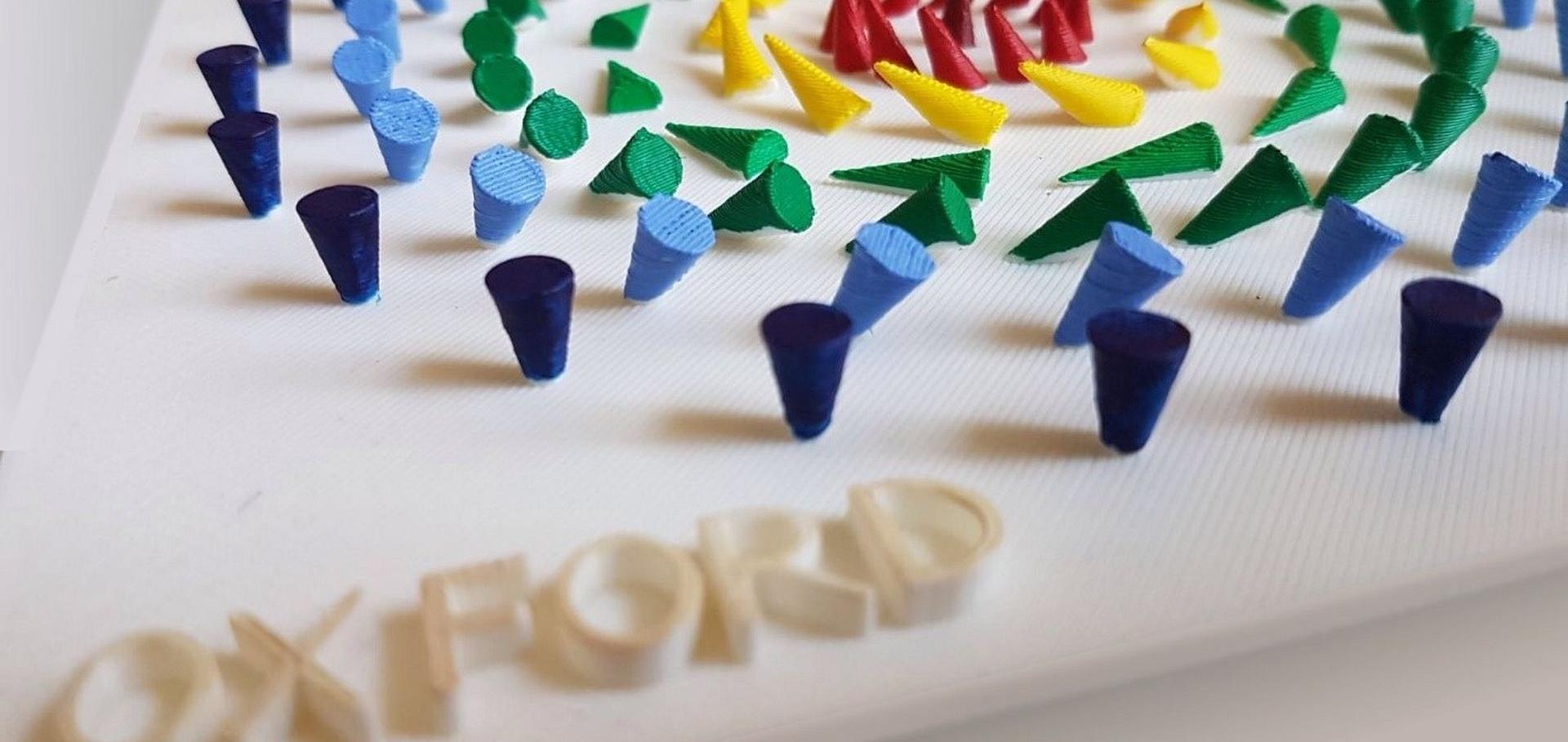Proposal for a micromagnetic standard problem for materials with Dzyaloshinskii-Moriya interaction
(2018)
Topological surface state of α-Sn on InSb(001) as studied by photoemission
Physical Review B American Physical Society 97:7 (2018) 075101
Abstract:
We report on the electronic structure of the elemental topological semimetal α − Sn on InSb(001). High-resolution angle-resolved photoemission data allow us to observe the topological surface state (TSS) that is degenerate with the bulk band structure and show that the former is unaffected by different surface reconstructions. An unintentional p -type doping of the as-grown films was compensated by deposition of potassium or tellurium after the growth, thereby shifting the Dirac point of the surface state below the Fermi level. We show that, while having the potential to break time-reversal symmetry, iron impurities with a coverage of up to 0.25 monolayers do not have any further impact on the surface state beyond that of K or Te. Furthermore, we have measured the spin-momentum locking of electrons from the TSS by means of spin-resolved photoemission. Our results show that the spin vector lies fully in-plane, but it also has a finite radial component. Finally, we analyze the decay of photoholes introduced in the photoemission process, and by this gain insight into the many-body interactions in the system. Surprisingly, we extract quasiparticle lifetimes comparable to other topological materials where the TSS is located within a bulk band gap. We argue that the main decay of photoholes is caused by intraband scattering, while scattering into bulk states is suppressed due to different orbital symmetries of bulk and surface states.Real-Space Observation of Skyrmionium in a Ferromagnet-Magnetic Topological Insulator Heterostructure.
Nano letters ACS 18:2 (2018) 1057-1063
Abstract:
The combination of topological insulators, i.e., bulk insulators with gapless, topologically protected surface states, with magnetic order is a love-hate relationship that can unlock new quantum states and exotic physical phenomena, such as the quantum anomalous Hall effect and axion electrodynamics. Moreover, the unusual coupling between topological insulators and ferromagnets can also result in the formation of topological spin textures in the ferromagnetic layer. Skyrmions are topologically-protected magnetization swirls that are promising candidates for spintronics memory carriers. Here, we report on the observation of skyrmionium in thin ferromagnetic films coupled to a magnetic topological insulator. The occurrence of skyrmionium, which appears as a soliton composed of two skyrmions with opposite winding numbers, is tied to the ferromagnetic state of the topological insulator. Our work presents a new combination of two important classes of topological materials and may open the door to new topologically inspired information-storage concepts in the future.Chiral and Topological Nature of Magnetic Skyrmions
Chapter in , Springer Nature (2018)
Codoping of Sb 2 Te 3 thin films with V and Cr
Physical Review Materials American Physical Society 1:6 (2017) 064409


